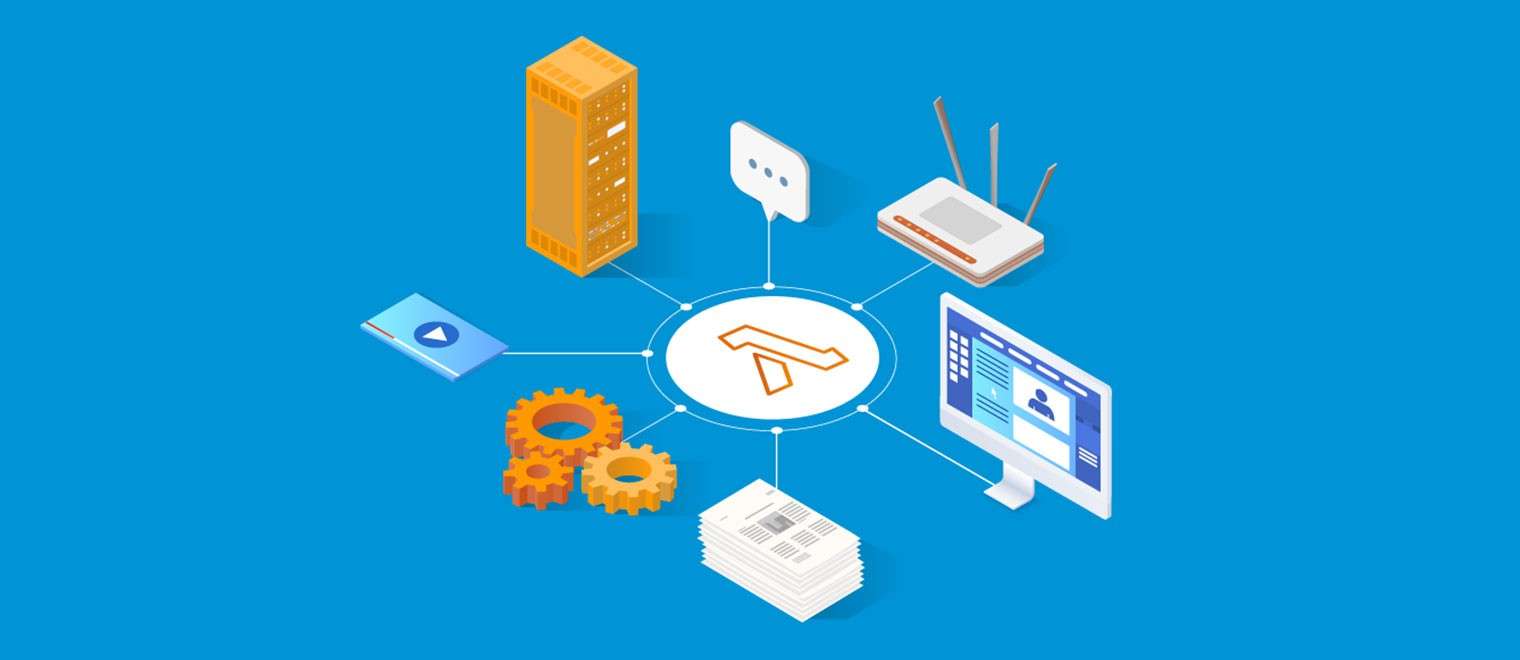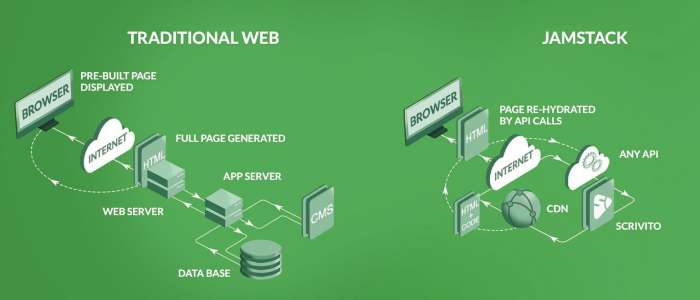IdeaGlory
Exploring Serverless Architecture: Streamlining Web Development
A Comprehensive Exploration
A Comprehensive Exploration

In the realm of modern software development, the concept of serverless architecture has emerged as a revolutionary approach to building and deploying applications. Unlike traditional server-based models, serverless architecture offers developers the ability to focus solely on writing code without the hassle of managing servers. In this comprehensive guide, we'll delve deep into the world of serverless architecture, exploring its principles, benefits, use cases, and best practices.
Serverless architecture, often referred to as Function as a Service (FaaS), is a cloud computing model where cloud providers dynamically manage the allocation of machine resources. In this model, developers write code in the form of stateless functions, which are executed in response to specific events triggered by external sources such as HTTP requests, database changes, or file uploads.
Web Application Backends: Serverless architectures are well-suited for building lightweight web application backends that handle HTTP requests, authentication, and data processing.
Real-time Data Processing: Serverless functions can process streaming data from IoT devices, sensors, or application logs in real-time, enabling rapid insights and analytics.
Batch Processing: Serverless platforms offer support for batch processing tasks such as data transformation, image resizing, and video transcoding, allowing developers to efficiently process large volumes of data.
While serverless architecture offers numerous benefits, it also presents challenges such as vendor lock-in, limited execution environments, and potential performance bottlenecks. It's essential to carefully evaluate these factors and consider trade-offs when adopting serverless solutions for your projects.
Serverless architecture represents a paradigm shift in the way we build and deploy applications, offering unparalleled scalability, cost efficiency, and developer productivity. By understanding the principles, benefits, and best practices of serverless architecture, developers can unlock new possibilities for innovation and accelerate the delivery of scalable and resilient cloud-native applications. Embrace the serverless revolution and embark on a journey to redefine the future of software development.

Introduction: Voice User Interfaces (VUIs) have emerged as a game-changer in the realm of technology,…

In recent years, Jamstack architecture has gained significant traction in the world of web development,…